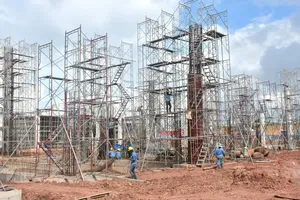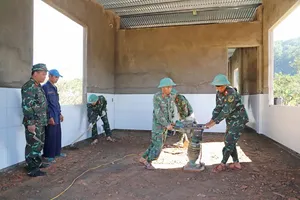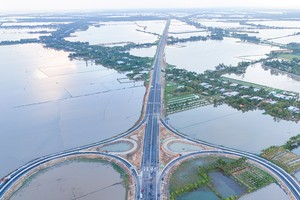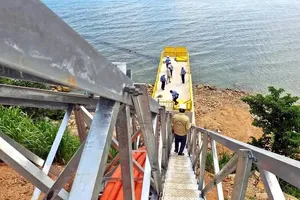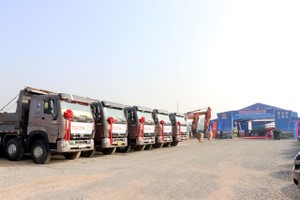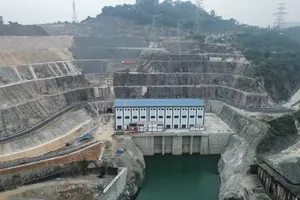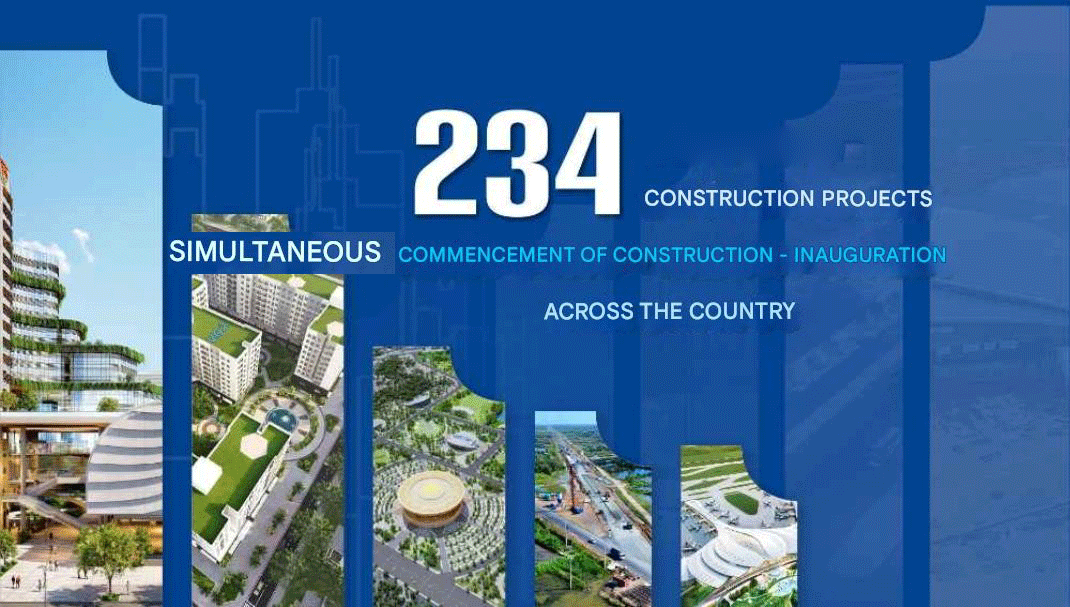The rate of landslide movement is becoming very unpredictable and severe in the provinces upstream, and in the coastal areas in the Mekong Delta. This natural hazard is destroying houses, villages, farmland, highways and paths.
Chau Thanh District in Hau Giang province has recorded 23 land erosion areas since the beginning of the year. Natural disaster has swept away seven households, 20 barrages and six other households, had to be move to safer locations.
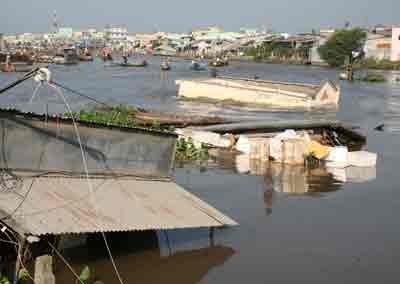
According to Tran Quang Hanh, head of the district Chau Thanh’s Department of Agriculture and Rural Development, one of causes of landslide, is that the rivers are flowing too strongly.
In addition, residents are taking sand from the riverbed and too many boats are using this vulnerable part of the river.
In the town of Hau Giang, in Tran Hung Dao and Le Loi streets, nearby the Cai Con River, many cracks on the river bank have appeared, threatening the lives of over 400 residents and 80 households.
Consequently, the local government has warned children and the elderly not to sleep in their houses.
The Hau Giang People’s Committee submitted a document to the central government, proposing that the government should provide funds for the construction of embankments. In addition, the province needs VND70 billion for the clearance and resettlement of households, affected by the landslides.
Meanwhile the Mekong delta provinces of Tra Vinh, Bac Lieu and Ca Mau are facing land erosion in coastal areas. Four months ago, a natural disaster destroyed five houses, one petroleum station and three foundations of houses, in the market of Vam Dam, which is in Ca Mau’s district Dam Doi.
A local resident said, “Because I sell crabs and shrimps at the market, I must live here. But when it rains or the tide moves in, I dare not sleep. In addition, my house has no door so that I can easily escape if a landslide occurs”.
At least around 2,000 squared meters of land, 17 houses and some breeding farms have collapsed into the river in the Ca Mau province, since the beginning of 2010.
Construction of embankments in the Ca Mau peninsula on the southern tip of Vietnam has failed to fight land erosion. The government has now decided to control the river current, by way of planting trees and obstructing the tidal flow of the river. Also, by not letting people construct sheltered accommodation, near to the riverbank.

